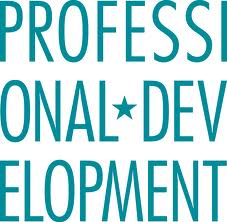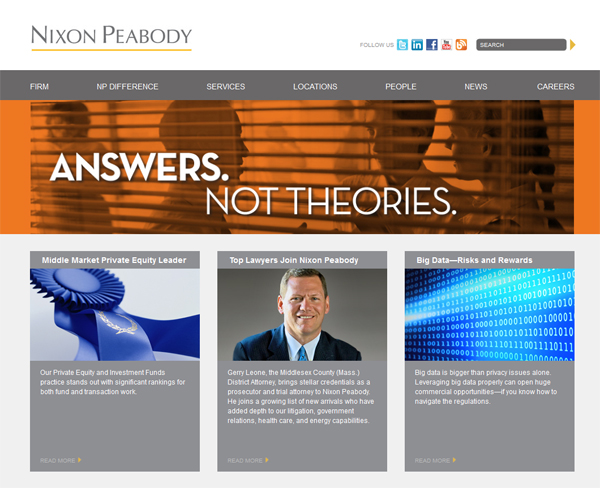LP Magazine – Proper Hiring & Staffing of your Law Firm’s Marketing Team
 In the July/August 2013 issue of the ABA’s Law Practice magazine, my marketing column addresses a sensitive topic for many firms and law firm marketers–hiring and staffing. When I first became involved in recruiting and job placement of marketing staff for law firms, it was generally the last piece of the puzzle in developing a marketing foundation at a firm. Over time, more firms approached me to handle their recruiting efforts for law marketing professionals, as they found that most of the search efforts (either on their own or through non-lawyer marketing recruiters) ended up yielding them the same cast of characters and the same mediocre results.
In the July/August 2013 issue of the ABA’s Law Practice magazine, my marketing column addresses a sensitive topic for many firms and law firm marketers–hiring and staffing. When I first became involved in recruiting and job placement of marketing staff for law firms, it was generally the last piece of the puzzle in developing a marketing foundation at a firm. Over time, more firms approached me to handle their recruiting efforts for law marketing professionals, as they found that most of the search efforts (either on their own or through non-lawyer marketing recruiters) ended up yielding them the same cast of characters and the same mediocre results.
As a practicing attorney with an expertise in marketing and business development, I can often better identify the candidates that match up with the particular practice areas and lawyer backgrounds.
Over time, many legal marketing professionals have sent me resumes or scheduled conversations so that they are on the radar when a job placement occurs in their geographic area. Make no mistake–the law marketing market is a lucrative one. Some markets have more jobs than qualified candidates. Others simply pay very well. Either way, it allows for speedy upward mobility–which often creates a game of hopscotch across many of the same mid-size to large law firms in a given city. Knowing whether a candidate is moving up due to success or simply being moved out is often a critical component to putting forth successful candidates.











